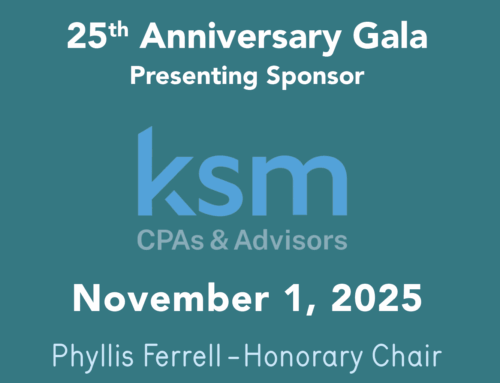Tips for Using Medicare
Chances are that you hear the word Medicare and you groan. Most people simply don’t understand the ins and outs of this federal insurance program. Our friends at American Senior Communities gave us permission to share one of their recently published articles outlining the facts of this program and how if my benefit you. Read on to learn more.
Getting the Most out of Medicare Plans
According to Medicare.gov, Medicare is defined as “a federal health insurance program for those age 65 or older, certain younger people with disabilities, or those with End-Stage Renal Disease (permanent kidney failure requiring dialysis or a transplant, sometimes called ESRD).”
The four different parts of Medicare cover different services:
- Part A and Part B cover hospital and medical costs.
- Part C is a Medicare health plan offered by a private health plan and is known as the Medicare Advantage Plan.
- Part D is outpatient prescription drug coverage, which subsidizes Medicare coverage for the costs of medicine.
Medicare Advice and Tips
Moving from a traditional insurance plan from your employer to Medicare might be a difficult transition. With so many different parts, deciding how to set up and optimize your Medicare coverage can be confusing. When you turn 65, it’s important to time your enrollment correctly so you aren’t paying for parts of Medicare you may not need or pay too much.
A few tips for effectively getting started and using Medicare include:
Find out if you’re eligible. While there are a few exceptions, turning 65 doesn’t mean you will automatically be enrolled in a Medicare plan. Medicare.gov offers an Eligibility and Premium calculator so you can learn when you’re eligible to enroll as well as how much your premium will be.
Learn about the costs and expenses covered. After determining when you can enroll in Medicare, spend some time learning about the different parts and what services each part covers. You should also discover how Medicare will work with any existing healthcare insurance plan.
Choose the Medicare plan that’s right for you. Once you do become eligible for Medicare, you can sign up for Part A right away. There are no premiums for participation in Part A, and you can have it even if you’re still employed. However, enrolling in Part B can be a bit more difficult if you’re still working. It’s important to learn exactly when you should sign up because if you don’t, you could get hit with a late enrollment penalty. You also need to decide if you’d like to go with original Medicare or a Medicare Advantage Plan. An Advantage Plan is offered by a private company who contracts with Medicare to cover both parts A and B, and Part D is also usually included.
Spend time completing some important tasks in the first year. After you’re enrolled and enjoying your Medicare benefits, there are still a few more steps to take, especially within the first year of enrollment. For example, you should:
- Fill out an authorization form to allow others access to your medical records in the case of an emergency.
- Make an appointment for a free “Welcome to Medicare” preventive visit with your primary care physician for a full review of your medical history within the first 12 months of enrollment.
- Sign up for MyMedicare.gov to have access to your personal Medicare information at any time.
The one-time, preventive physical exam includes services such as a vision check, shots and screenings, height, weight, blood pressure measurements, a review of your mental health and any safety concerns.
Sign-Up for the Joy's House Newsletter!
Join our community and get updates straight to your inbox.





